Fentanyl Overdoses Are Rising And Science Can't Keep Up

Bribery. Conspiracy. Racketeering.
Those are just three of the accusations that federal prosecutors leveled against two Alabama physicians in April as part of a 22-count criminal indictment ― alleging that Drs. John Couch and Xiulu Ruan ran an opioid pill mill in exchange for hundreds of thousands of dollars in kickbacks from a pharmaceutical company.
Couch and Ruan were arrested in 2015 after prescribing Medicare patients a combined $4.9 million in Subsys ― a potent form of fentanyl, taken via mouth spray and designed to treat severe cancer pain ― between 2013 and 2014.
Some of those prescriptions were “diverted and/or abused by drug traffickers and addicts,” prosecutors say, and may have contributed to the opioid crisis currently gripping the nation.
Couch and Ruan deny the allegations.
A third doctor, Michigan neurologist Dr. Gavin Awerbuch, pleaded guilty in November to health care fraud and to prescribing Subsys without a legitimate medical purpose. Awerbuch prescribed more Subsys than any other dispenser in the country, according to the U.S. Attorney’s Office.
Couch, Ruan and Awerbuch’s alleged misdeeds signify more than a few rogue doctors attempting to turn a profit at the expense of patient health. The accusations against the physicians are part of a larger story about America’s insidious fentanyl problem and the doctors and pharmaceutical companies who’ve fueled it.
Many Americans first heard of fentanyl last year, when the singer Prince died after accidentally overdosing on the drug. Officials found pills in the pop icon’s home that were labeled as hydrocodone. Upon testing, it turned out these pills contained fentanyl. (It’s not clear whether the pills were mislabeled or illegally produced, or whether Prince even knew they contained fentanyl.)
But fentanyl has been a growing presence in the U.S. for some time now. According to the Centers for Disease Control and Prevention, the number of drug products seized by law enforcement that contained fentanyl increased by 426 percent between 2013 and 2014, and synthetic opioid overdose deaths rose by nearly 80 percent in that period.
Fentanyl is a synthetic opioid that doctors typically prescribe to chronic pain patients, like those with end-stage cancer, as an injection, a patch or a lollipop. It has a high potential for abuse and can be fatal even in small amounts.
Because it induces extreme relaxation and euphoria, fentanyl is also sold on the black market. And since fentanyl is cheap, it’s frequently mixed with more-expensive heroin or cocaine, something users aren’t always aware of when they buy it.
Fentanyl is “not a joke,” Dr. Sanjay Gupta, president of the American Pain Association, told The Huffington Post. “It’s 100 times stronger than morphine. It’s really lethal.”
Now, a HuffPost analysis of available state-by-state data on synthetic opioid and fentanyl deaths and fentanyl seizures by law enforcement illustrates a troubling trend: Synthetic opioid overdose deaths driven by fentanyl, one of the strongest opioids on the market, are rising.
These data highlight pockets of the United States ― the Eastern Seaboard and Appalachia in particular ― where fentanyl seizures and overdose deaths indicate a rapidly evolving problem that law enforcement and science aren’t keeping up with.
“We have not peaked yet,” said Dr. Peter Friedmann, associate dean for research at the University of Massachusetts Medical School and chief research officer at the nonprofit Baystate Health.
“It’s going to be a big issue over the next couple of years,” said Friedmann, who has spent more than two decades studying substance abuse and addiction treatments. “I really think that the policy hasn’t caught up to the pharmacology.”


The rise of fentanyl
Although reports of fentanyl abuse date back to the 1970s, the current crisis has roots in the 1990s movement to end chronic pain.
It grew out of a series of compounding missteps. Pharmaceutical companies aggressively marketed opioids to doctors as safe and non-addictive during a period when those same doctors were under pressure to eliminate patient pain. The logical answer seemed to be to write more pain-pill prescriptions.
By 2003, 20 percent of 20- to 25-year-olds were abusing painkillers, compared to 7 percent of early-20-somethings a decade earlier, according to The New York Times. When the government restricted opioid prescriptions and cracked down on so-called “pill mills,” addicted patients turned to a cheaper and prescription-free alternative: heroin.
It’s a well-trod path. Forty percent of injection drug users abused prescription opioids before they tried heroin, according to a small study published in the journal Substance Abuse and Rehabilitation in 2011.
Fentanyl is just the latest iteration of cheap and potent synthetic opioids. (In fact, authorities are battling an even newer synthetic drug, known as U-47700, in several states.)
Other fentanyl analogues include sufentanil, which is approximately eight times more potent than fentanyl, and carfentanil, which is about 100 times more potent than fentanyl and 10,000 times more potent than morphine.
Carfentanil is “used for tranquilizing elephants,” Friedmann said, noting that overdoses tend to happen when there’s a mismatch between a person’s tolerance level and the potency of the opiate they use.
In addition to prescription fentanyl, Mexican cartels smuggle black-market fentanyl across the border, and Chinese suppliers sell both the drug and the equipment to make it online.
“We have seen an influx of fentanyl directly from China,” Carole Rendon, now the U.S. attorney for the Northern District of Ohio, told the health news site Stat last year. “It’s being shipped by carrier. It’s hugely concerning.”
It used to be that shutting down a major production site would help curb fatal overdoses. When fentanyl-related deaths surged in 2007, for example, the Drug Enforcement Administration traced the outbreak to a single site in Mexico. They shuttered the lab and the deaths stopped. Today, with decentralized units popping up around the country, it’s harder for law enforcement agents to crack down.
The cheapest and deadliest of drugs
Part of what’s driving this public health crisis is that fentanyl is almost unthinkably potent. Patients with fentanyl prescriptions have overdosed even when they took the medication exactly as prescribed. DEA agents in St. Louis are learning to self-administer overdose reversal drugs in case they’re exposed in the line of duty. There’s a good reason officers are taking precautions: A speck of fentanyl the size of a few grains of salt can kill a 250-pound man, according to The Associated Press.
Fentanyl’s potency means that the overdose reversal drug naloxone, sold under the brand name Narcan, is less effective at reviving fentanyl overdose victims. A person overdosing on fentanyl could need twice as much naloxone to recover as a person overdosing on heroin ― and if the emergency responder doesn’t know which drug the person took, they might not administer enough medication to save them.
When Cathy Messina found her 21-year-old son David overdosing on her bathroom floor in 2014, she prayed her 911 call would bring first responders who could save her son. What she didn’t know at the time was that the batch of heroin her son overdosed on ― which came in a package stamped with the label “Bad News” ― was laced with fentanyl. David was pronounced dead at the hospital.
Messina isn’t sure whether David knew his heroin was cut. He may have wanted a better high than pure heroin could provide. Or he, like many drug users, simply may not have known that “Bad News” heroin contained fentanyl. Some dealers mix the cheap and powerful drug with heroin to improve their profit margins, and may or may not tell customers that their product is cut. Other dealers may be too far down the supply chain to know if the heroin they’re selling is tainted.
“Clandestine fentanyl is available throughout the United States, most commonly in the white-powder heroin market,” Melvin Patterson, an agent with the DEA, told U.S. News & World Report last year. “Fentanyl is added to heroin to increase its potency, or is mixed with and sold as fentanyl or disguised as highly potent heroin.”
“It’s all about money,” Friedmann said. “Back in the day, dealers didn’t want to kill their clients. You want them to be repeat customers. But now, there are just so many people that they just don’t care.”


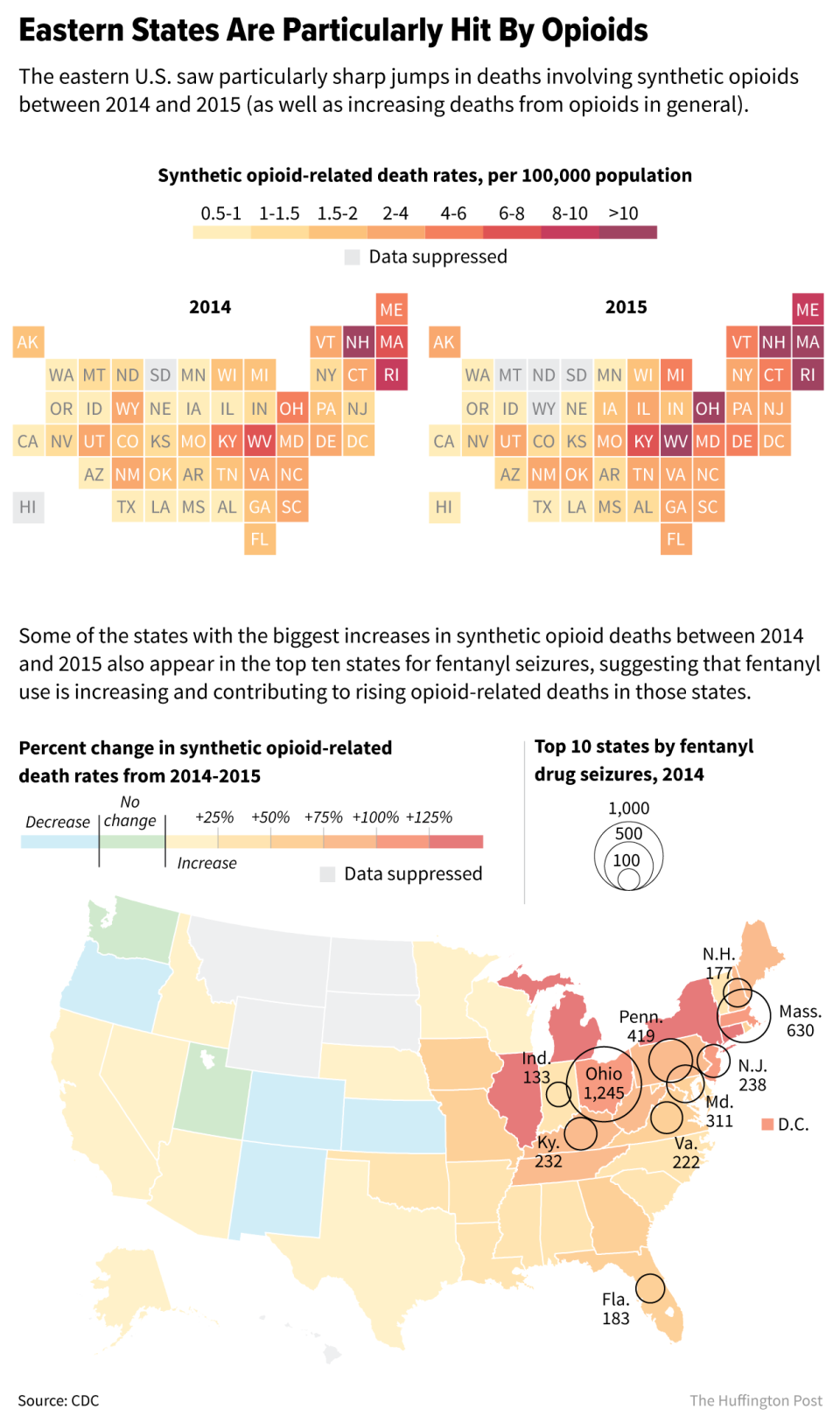

Tracking fentanyl east of the Mississippi
Simultaneous growth in synthetic opioid and fentanyl overdose death rates in the East suggests that fentanyl is fueling the region’s epidemic of opioid overdose.
Between 2014 and 2015, 15 states and Washington, D.C., reported at least a 50 percent increase in their synthetic opioid death rates. The areas in question were all east of the Mississippi River. The fentanyl death rate surged in the East that same period ― New Hampshire, for example, saw a 95 percent increase in its fentanyl-related death rate between 2014 and 2015, nearly double the 2015 figures of any other state.
In New England and Appalachia, law enforcement reported more fentanyl seizures than anywhere else in 2014, with Ohio (1,245 seizures), Massachusetts (630) and Pennsylvania (419) in the top three fentanyl confiscation slots.
So far, only 18 states and D.C. have made available any 2015 data on fentanyl overdose deaths (three of those had less than a 50 percent increase in their synthetic opioid death rates between 2014 and 2015, so they are not included in the chart above). Those limited data aren’t encouraging. Massachusetts saw a 103 percent increase in fentanyl deaths between 2014 and 2015, and West Virginia recorded a 229 percent increase year over year. The CDC doesn’t release data on fentanyl-specific deaths by state, so these data come from statewide health departments or medical examiners, and are based only on cases where medical examiners actually test for the presence of fentanyl ― meaning these numbers may be undercounts.
Experts aren’t sure why fentanyl seizures and death rates have risen on the East Coast and in Appalachia more than in the West.
“It’s [a] really hard problem to say there’s one cause,” said Nancy Campbell, a professor at Rensselaer Polytechnic Institute in Troy, New York, who has published several books on drug policy and treatment.
“Many social, economic and political conditions would lead fentanyl to becoming available in these kind of places on [the] Eastern Seaboard,” Campbell said.
Some people start out using opioids to manage physical pain, Campbell said, but transition to using them for emotional reasons.
“They realize as they are using these pharmaceutical opioids, that they don’t just relieve pain from sports injuries or dental work,” Campbell said. “Their problems become less compelling.”
Deaths from fentanyl overdose are most highly concentrated among white men ages 25 to 54. And while heroin users once clustered around major trafficking hubs like New York City, Chicago or Los Angeles, today people living on the outskirts of large metro areas and in medium-sized cities are more likely to die from fentanyl overdose than people in metro areas with a population of 1 million or more, according to the CDC.
Potentially contributing to the East-West fentanyl discrepancy is the fact that white powder heroin is easier to cut with fentanyl than darker heroin, because the two light-colored drugs look so similar.
“The West Coast is really marked by a kind of heroin called black tar,” said Traci Green, an epidemiologist and deputy director of the Injury Prevention Center at Boston Medical Center. “On the East Coast we see a lot of white powder heroin, which looks disturbingly like fentanyl powder.”
Experienced heroin users may think they can distinguish fentanyl from heroin by color, smell or taste. But when mere grains of fentanyl can trigger an overdose, there’s no room for miscalculation.
“The margin of error is very small with fentanyl,” Green said.
The case of Ohio
“The moment we saw the first few cases of fentanyl coming across from the Department of Health, we did a deep dive,” said Andrea Boxill, deputy director of an opiate action team established by Ohio Gov. John Kasich (R).
It seemed odd to Boxill and others that they were seeing fentanyl on the streets of Ohio but that there had only been a few reported deaths from the highly lethal drug. As it turned out, not all of the state’s coroners and medical examiners were testing for it.
Once they started testing, “we started seeing more numbers,” Boxill said.
Testing isn’t just a problem in Ohio. Synthetic opioids are evolving so rapidly that it’s hard for emergency rooms and forensics labs to keep pace. “Many of the emergency departments around the country don’t test for fentanyl,” Green said. If a lab hasn’t previously encountered fentanyl or a fentanyl analogue, the drug’s “fingerprint” probably isn’t in the lab’s database, and won’t show up on a toxicology or forensic report.
In Ohio, better testing indeed yielded higher overdose statistics. The state’s number of recorded overdose deaths hit a record high in 2015, with 3,050 people dying that year. Ohio officials cited fentanyl overdoses as the culprit.
Love HuffPost? Become a founding member of HuffPost Plus today.
Boxill also noted that the shipping routes to and from several major drug-source areas ― including the Southwest border, Chicago, Detroit, New York City, Atlanta and Canada ― go through Ohio. The state’s central location makes it especially vulnerable. “Ohio has the eighth-largest national highway system, which carries the seventh-highest volume of traffic in the nation, allowing drug transporters to blend in with the natural flow of traffic,” a 2011 Justice Department report notes.
States and emergency rooms that aren’t yet testing for fentanyl could be dealing with more of a problem than they realize.
“[High] level of testing isn’t necessarily coming to every emergency department and every forensic lab,” Green said. “We hope it’s getting to everybody. But the pace of change is exceptionally fast for the synthetic area.”
Jonathan Caulkins, a professor at Carnegie Mellon University who researches drug control strategies, made a similar observation.
“The pace of change may be even greater in the next decade,” he said. “I don’t just mean increasing use. I can imagine significant changes in types of opioids, source of supply, relations to crime and violence. It’s a fluid situation.”
In other words, the danger isn’t just that fentanyl is potent and deadly. It’s that the landscape of synthetic drug use is changing so quickly that law enforcement and science can’t keep up.
Rethinking addiction discrimination
Some authorities are beginning to push back. In July, U.S. Surgeon General Vivek Murthy issued an unprecedented letter to 2.3 million health care professionals, asking them to commit to solving the country’s opioid epidemic.
In his letter, Murthy emphasized that doctors need to change how they prescribe opioids for pain. He also urged doctors to lead the way in reframing addiction as a chronic medical condition, not a moral failing. Murthy has authored a 400-page report, “Facing Addiction in America,” that outlines evidence-based treatments and advocates for prevention and treatment funding.
“We need everyone in our country to help change how we think about addiction,” he said. “For far too many people, the stigma around addiction prevents them from stepping forward for help.”
Murthy is calling for better access to medication as a way to treat both heroin addiction and prescription opioid addiction.
“What many people don’t realize is that these are scientifically proven treatment strategies, which help people live productive and fulfilling lives,” he said. “That’s why we have to make sure that those are accessible to more people.”
Although Friedmann thinks the surgeon general’s report is a positive step, he wishes it had come sooner.
“We’ve known that this is a problem ― this is a disease ― for some time,” he said. “I wish he would have [issued the report] years ago.”
Messina, for her part, is putting Murthy’s ideas into action in Bucks County, Pennsylvania, where her son David overdosed. She educates the families and friends of people with substance use problems about overdose reversal drugs, and has worked to ensure that local police officers carry naloxone.
“People have to realize that this is a disease,” Messina said. “Yes, drugs are illegal, but everyone has to open up their minds and stop judging people.”
“I’m not ashamed of David,” she said. “I’m proud of him.”
CORRECTION: This article previously identified Dr. Sanjay Gupta, president of the American Pain Association, as the CNN correspondent of the same name. We regret the error.
This story is brought to you by The Huffington Post’s new health reporting project, The Scope. To read more stories like this one, follow us on Facebook and Twitter. Have a tip? Email us at scopestories@huffingtonpost.com.
Also on HuffPost
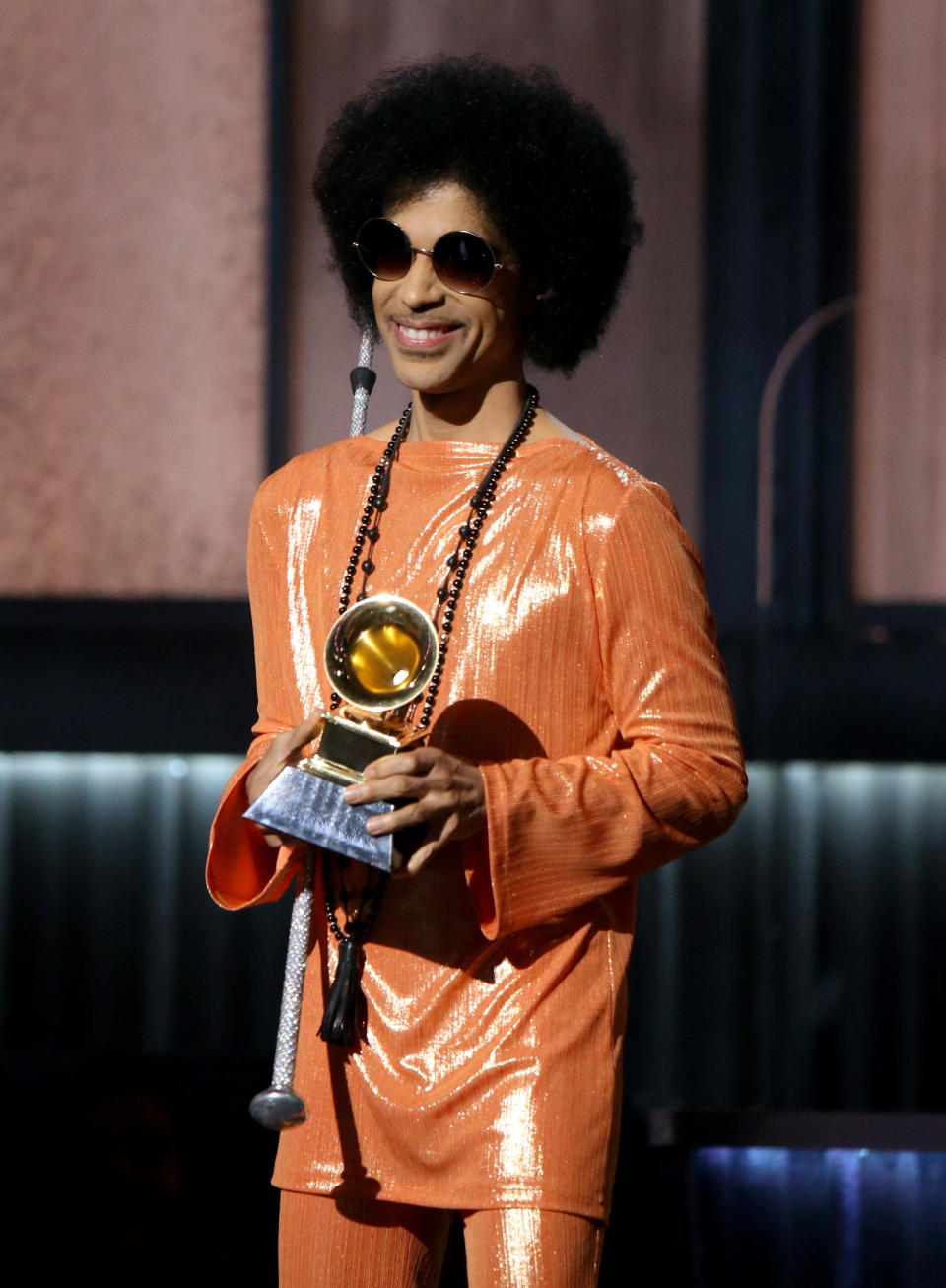

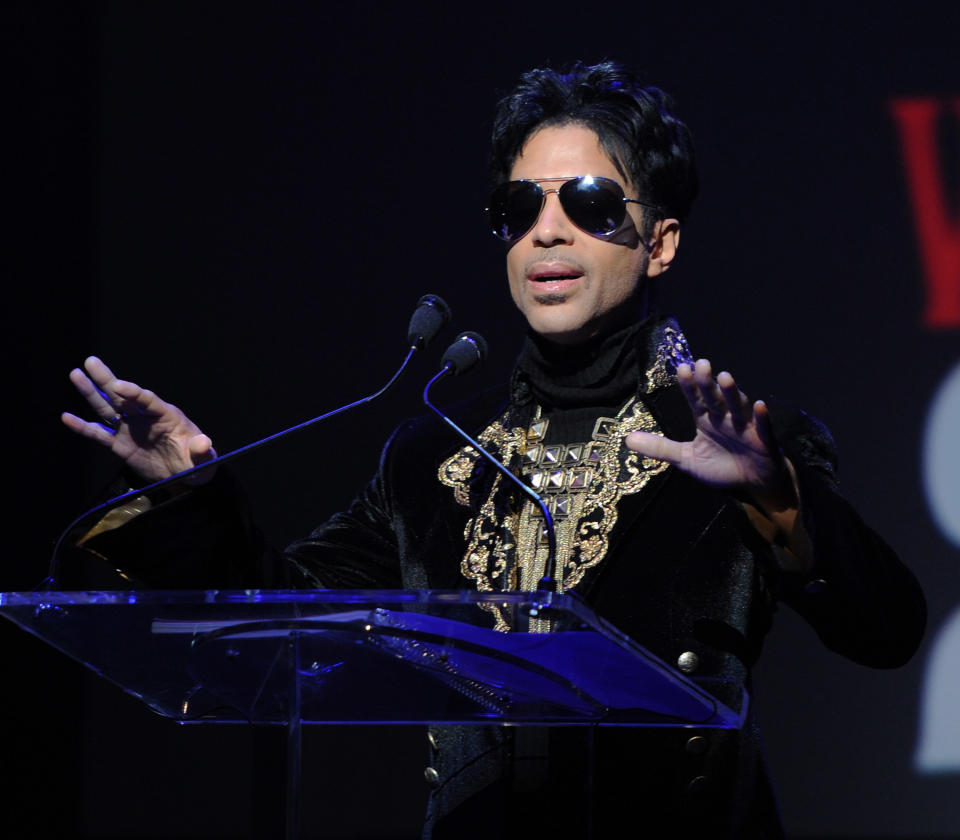
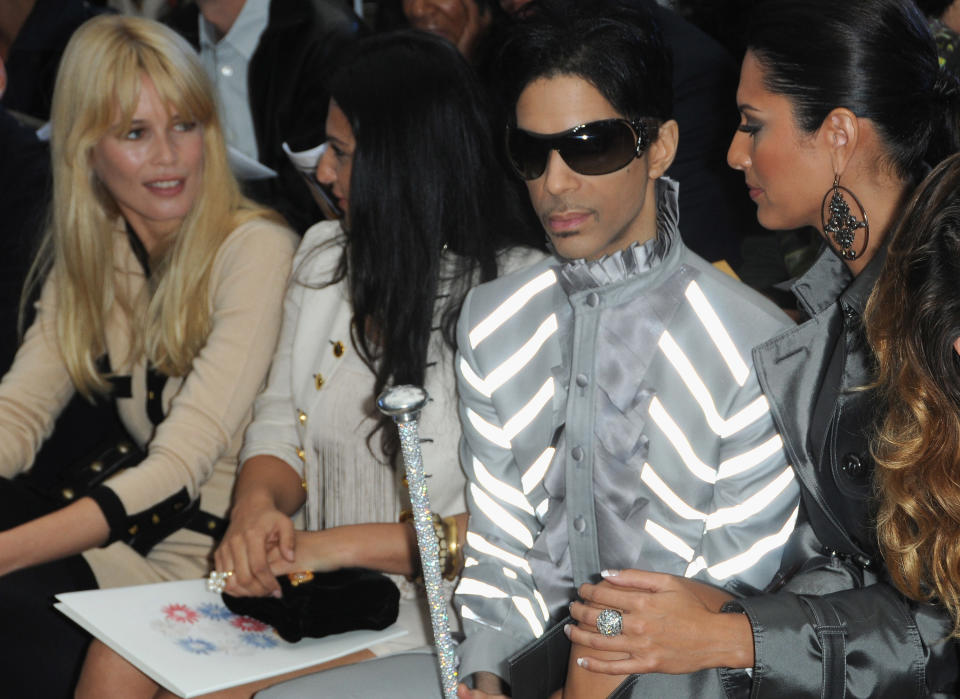
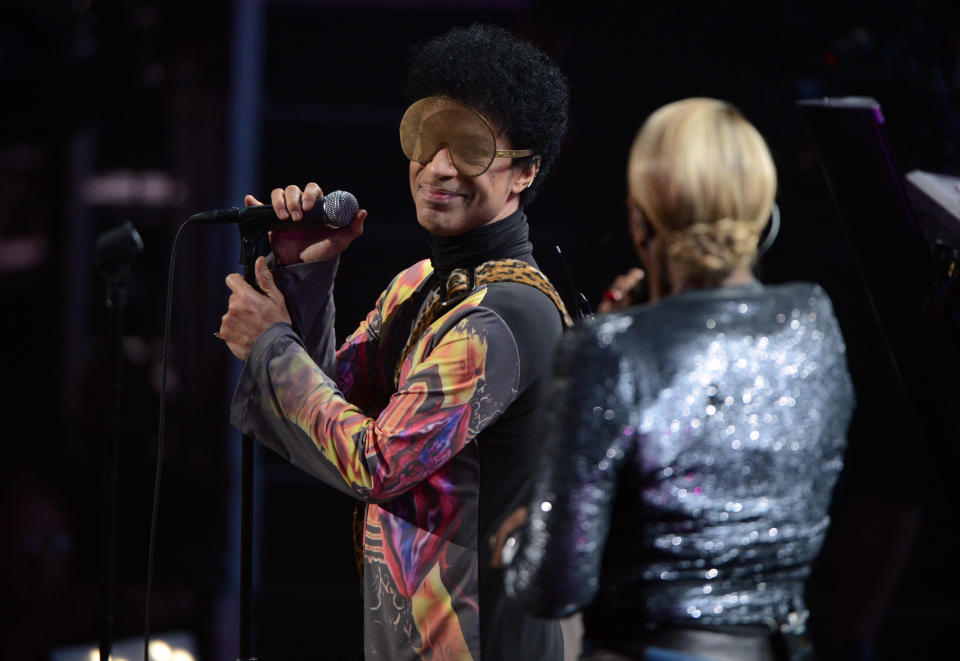




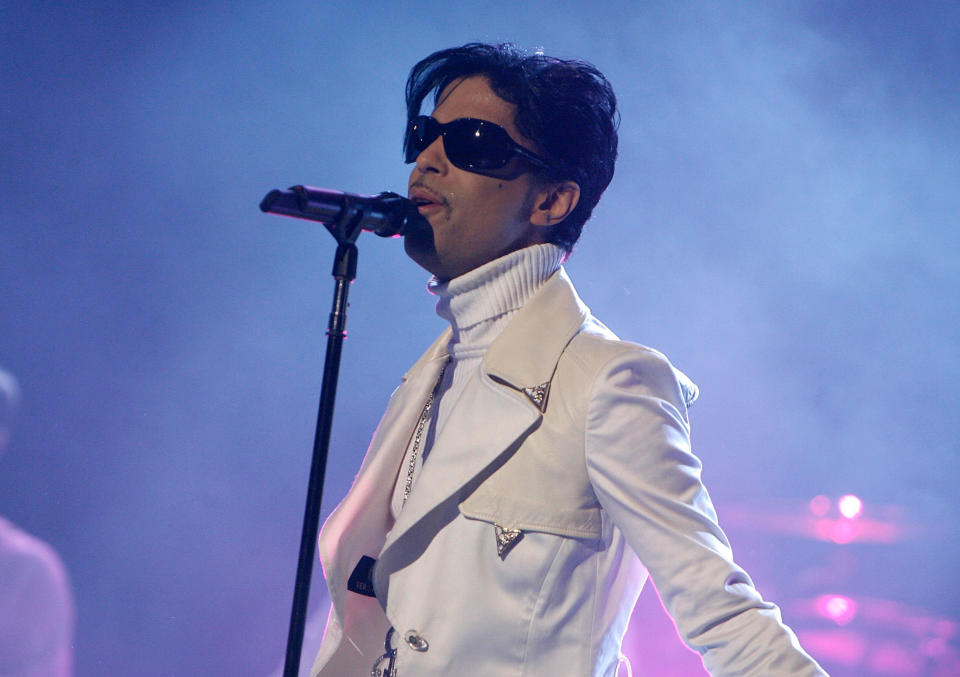

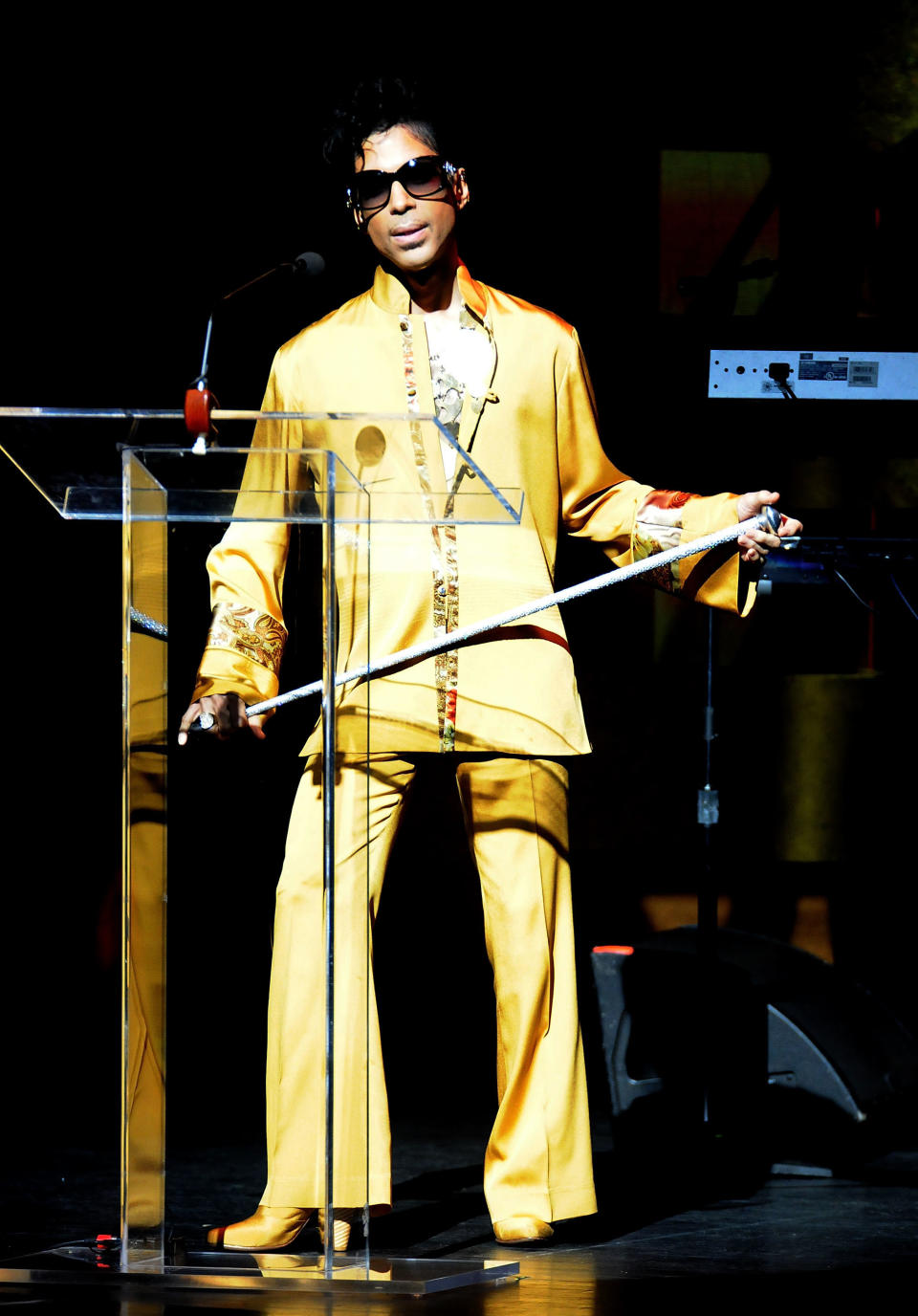
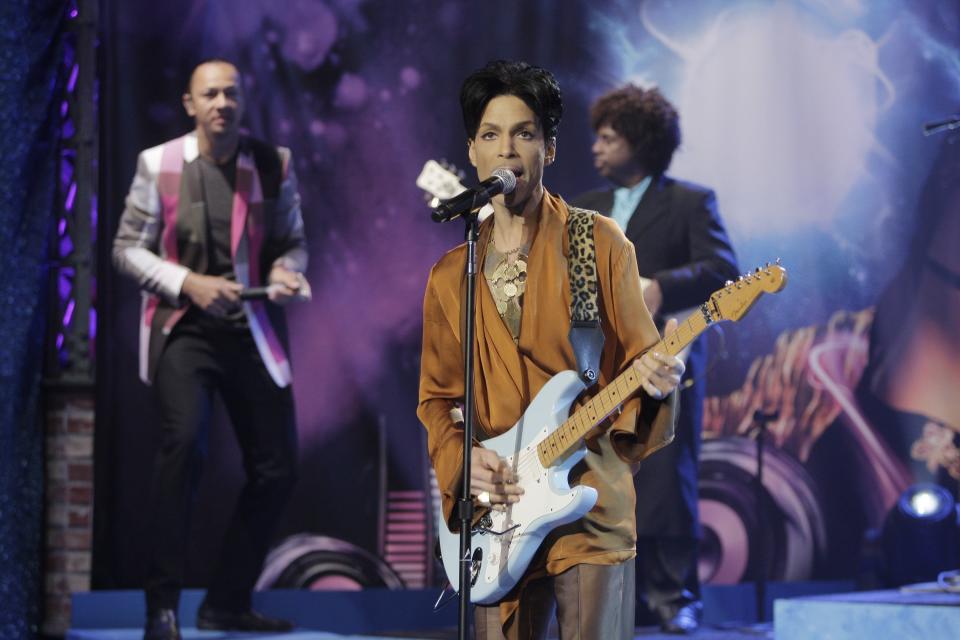

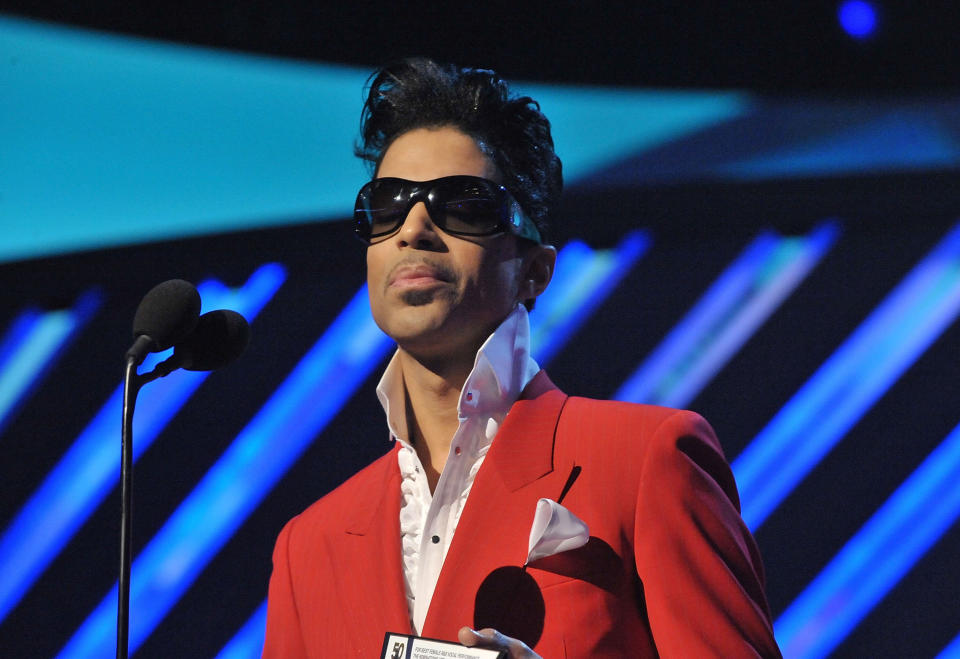

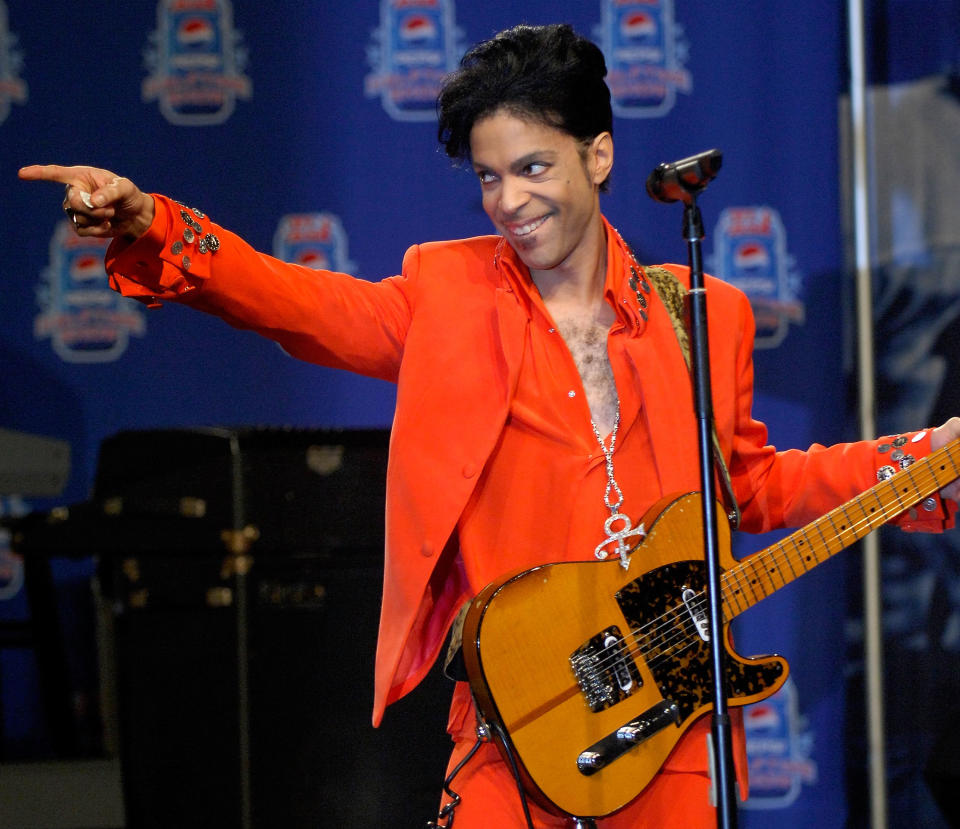
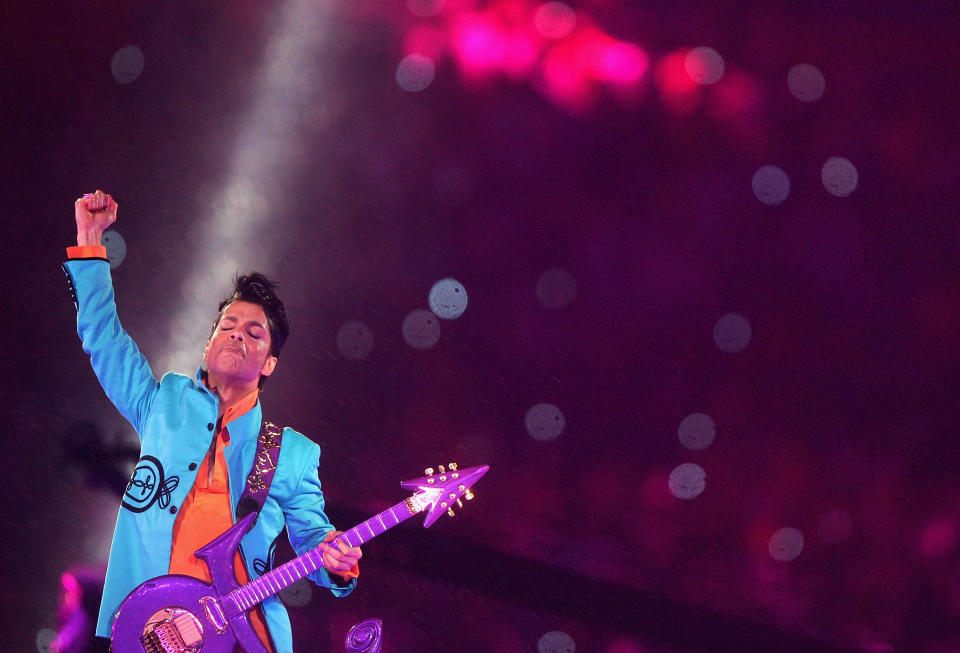
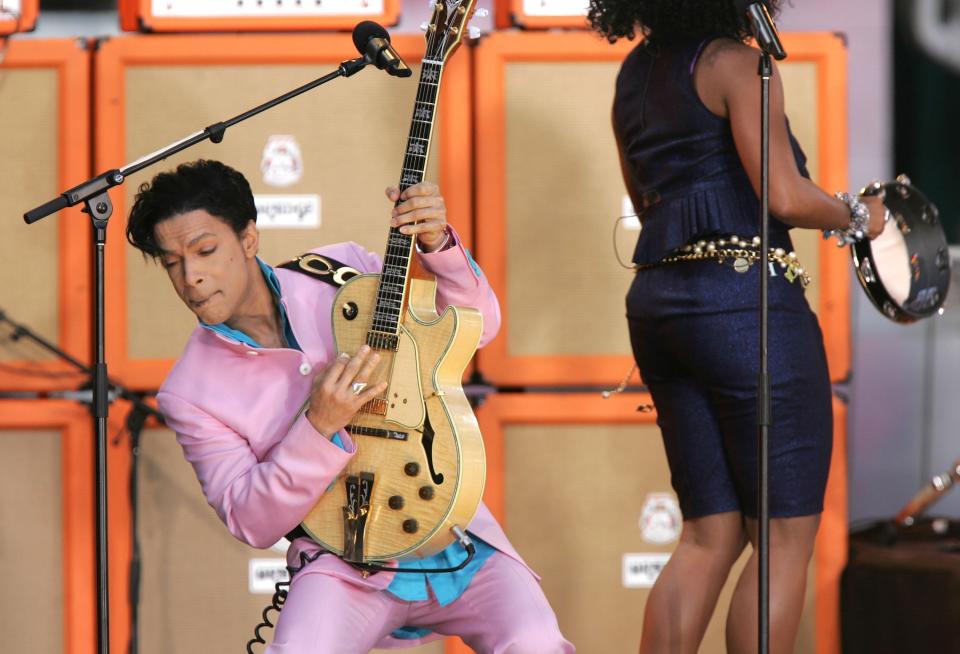
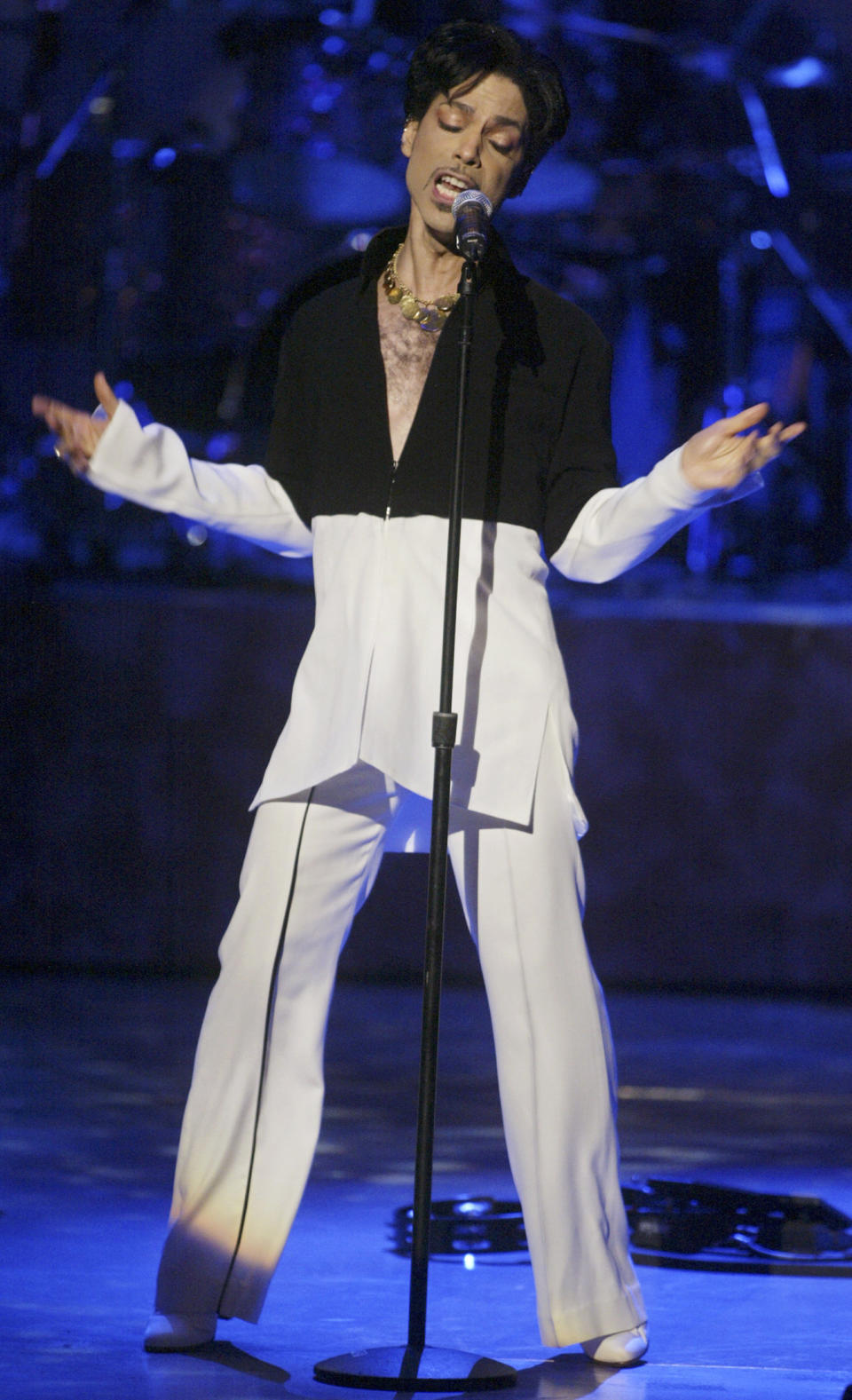
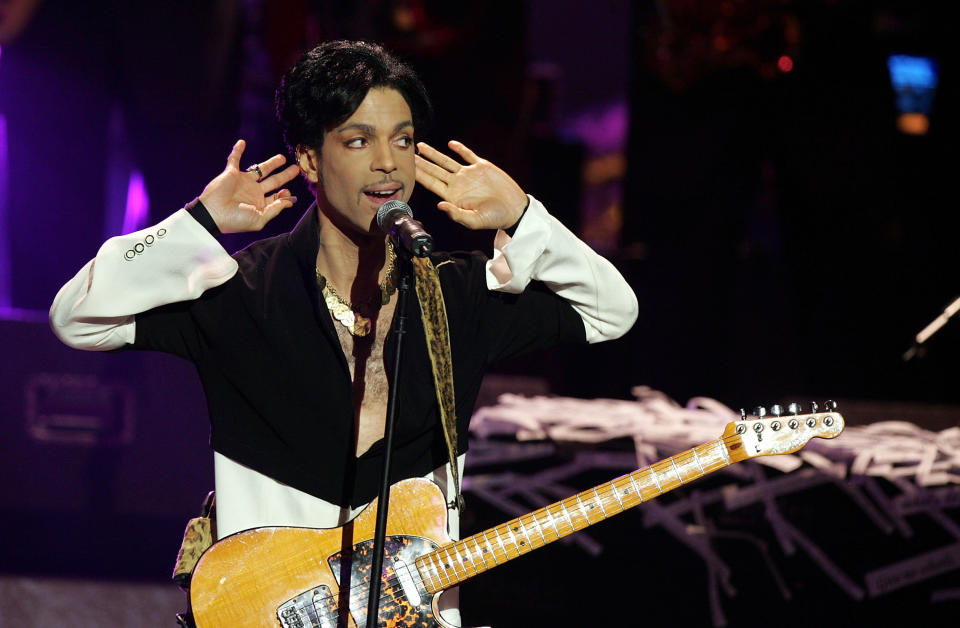
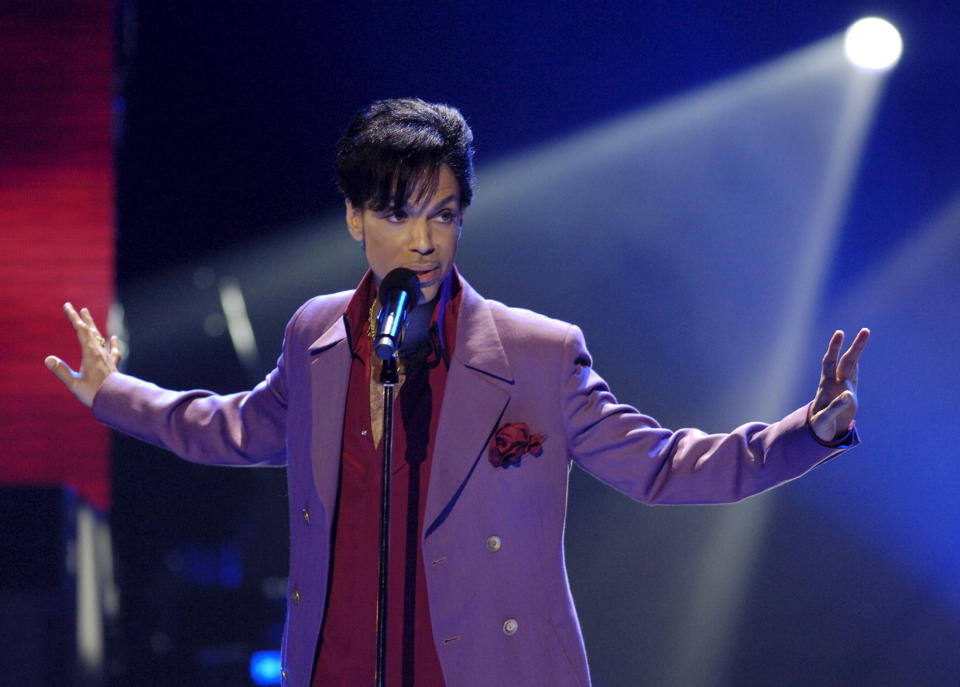
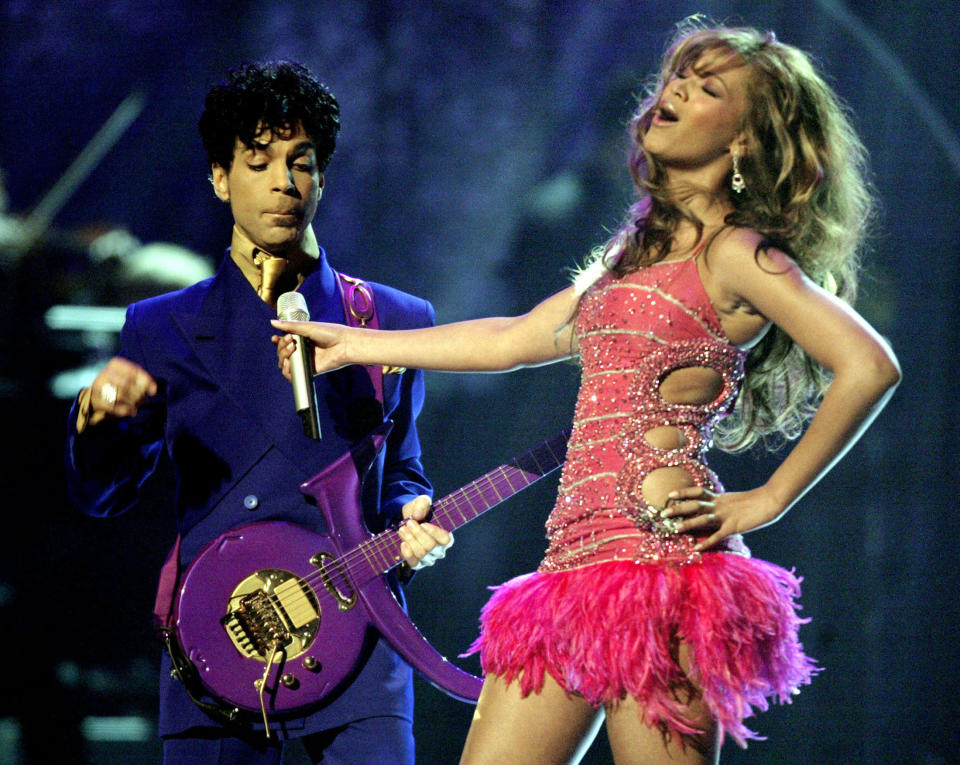
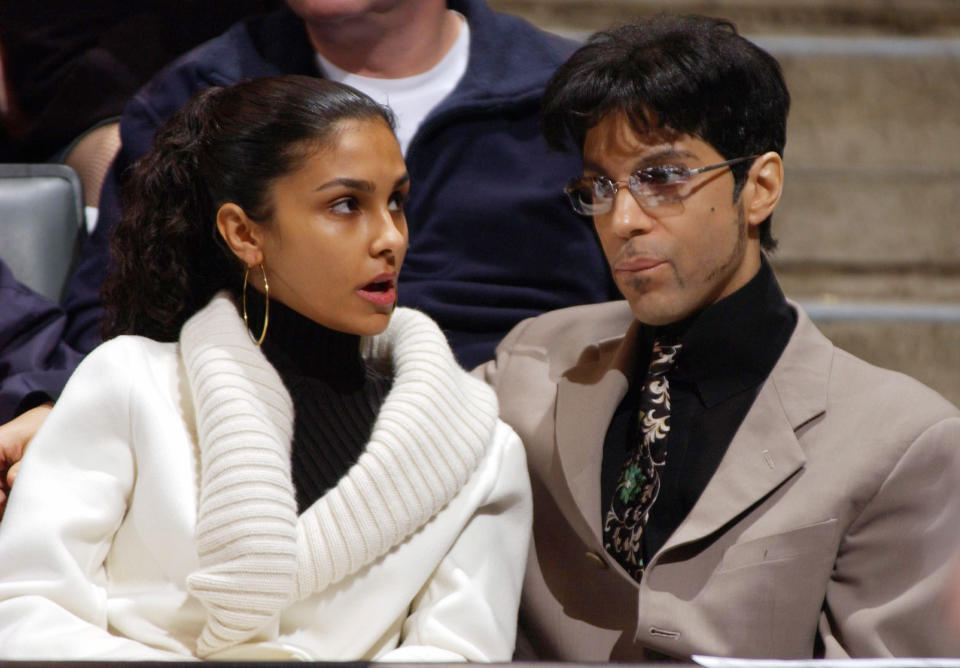
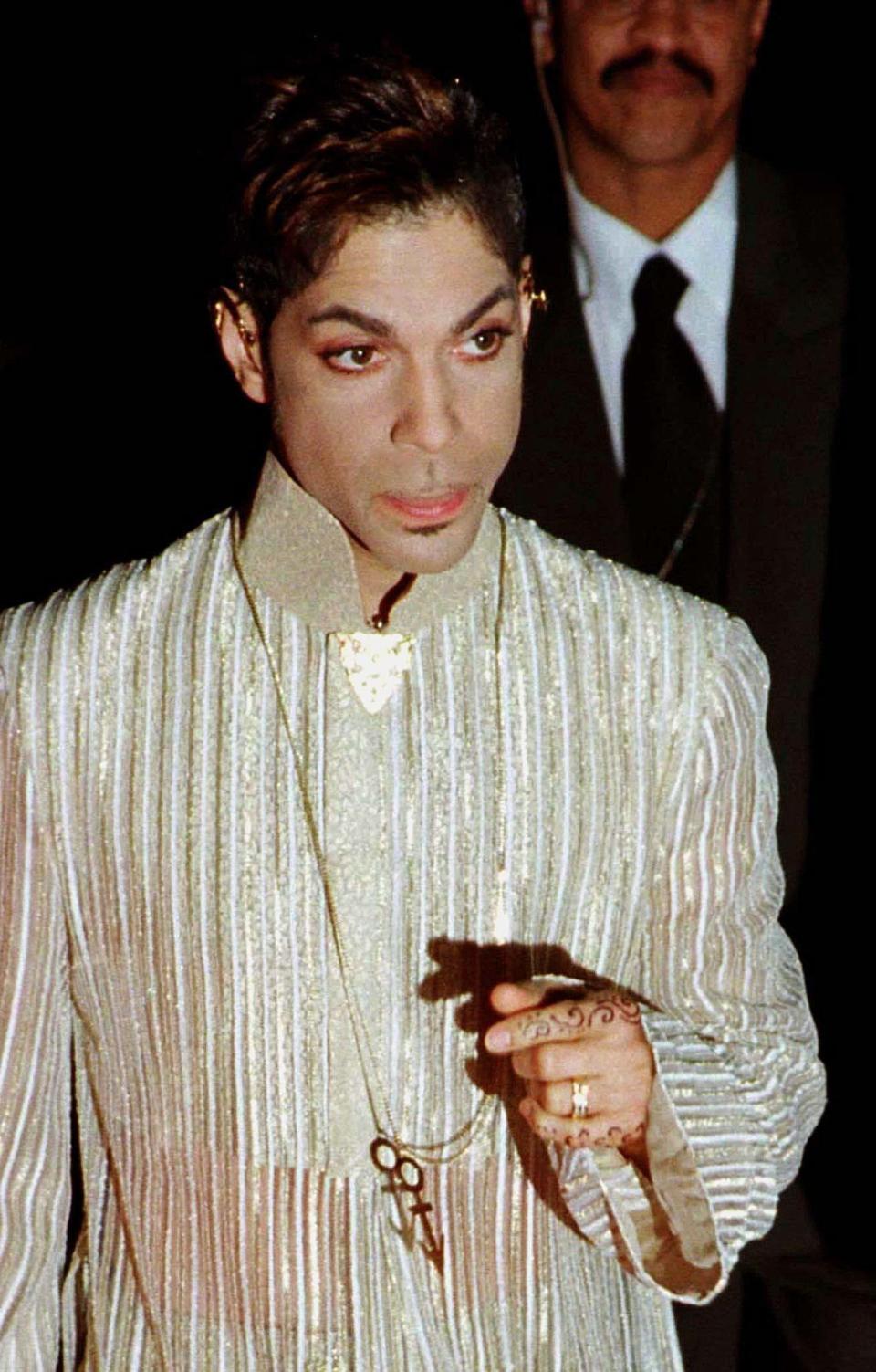
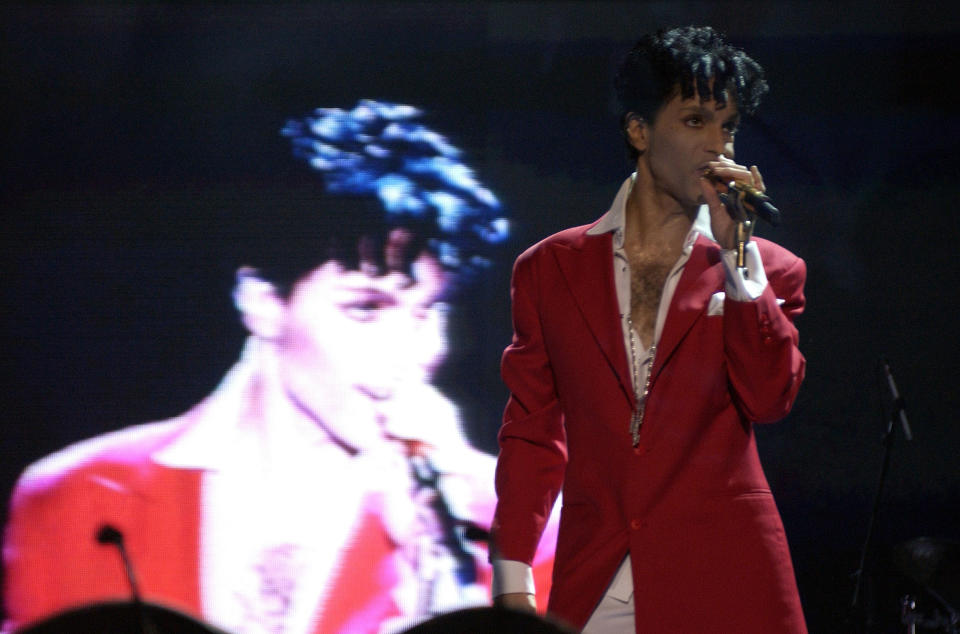
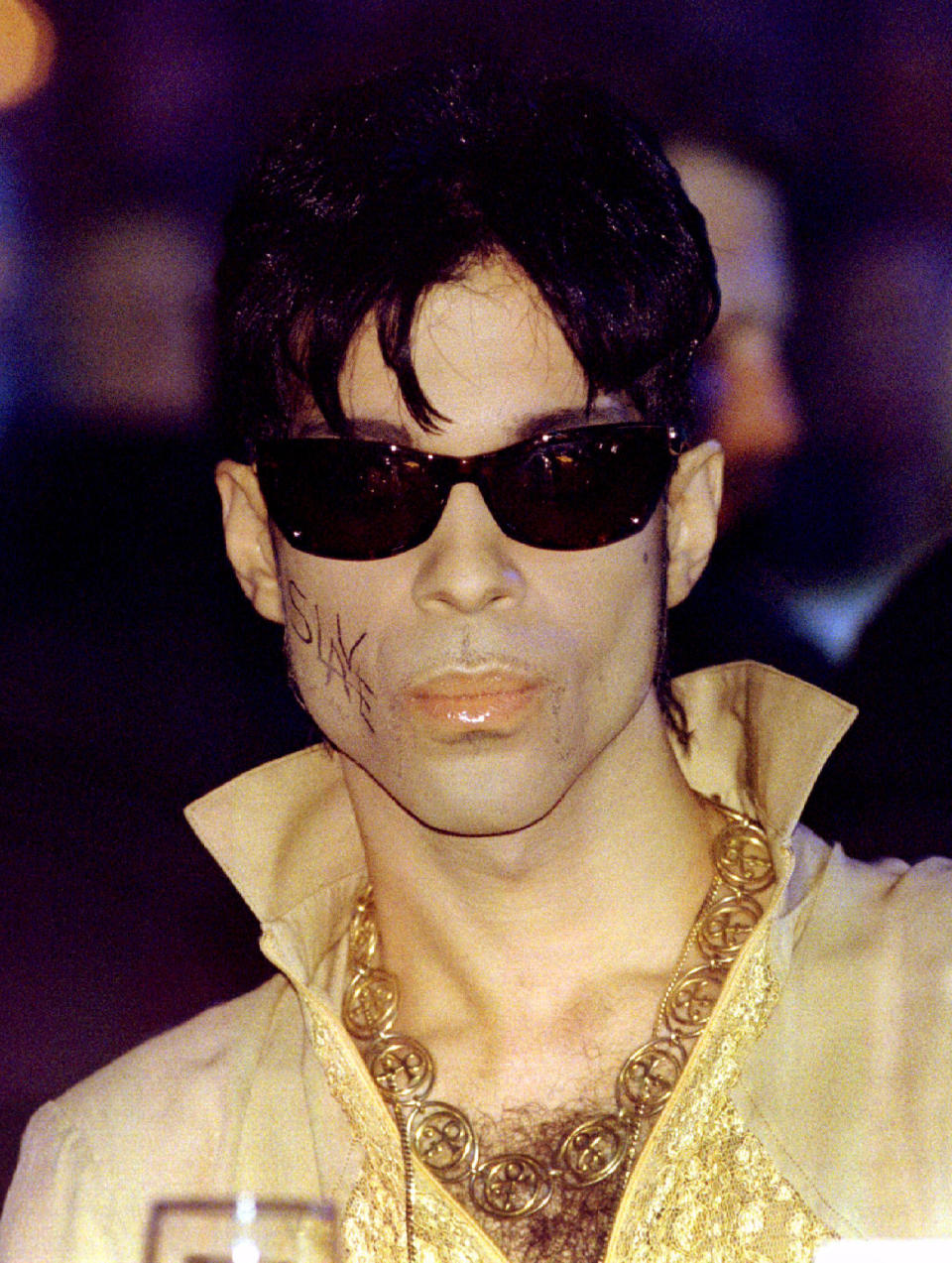
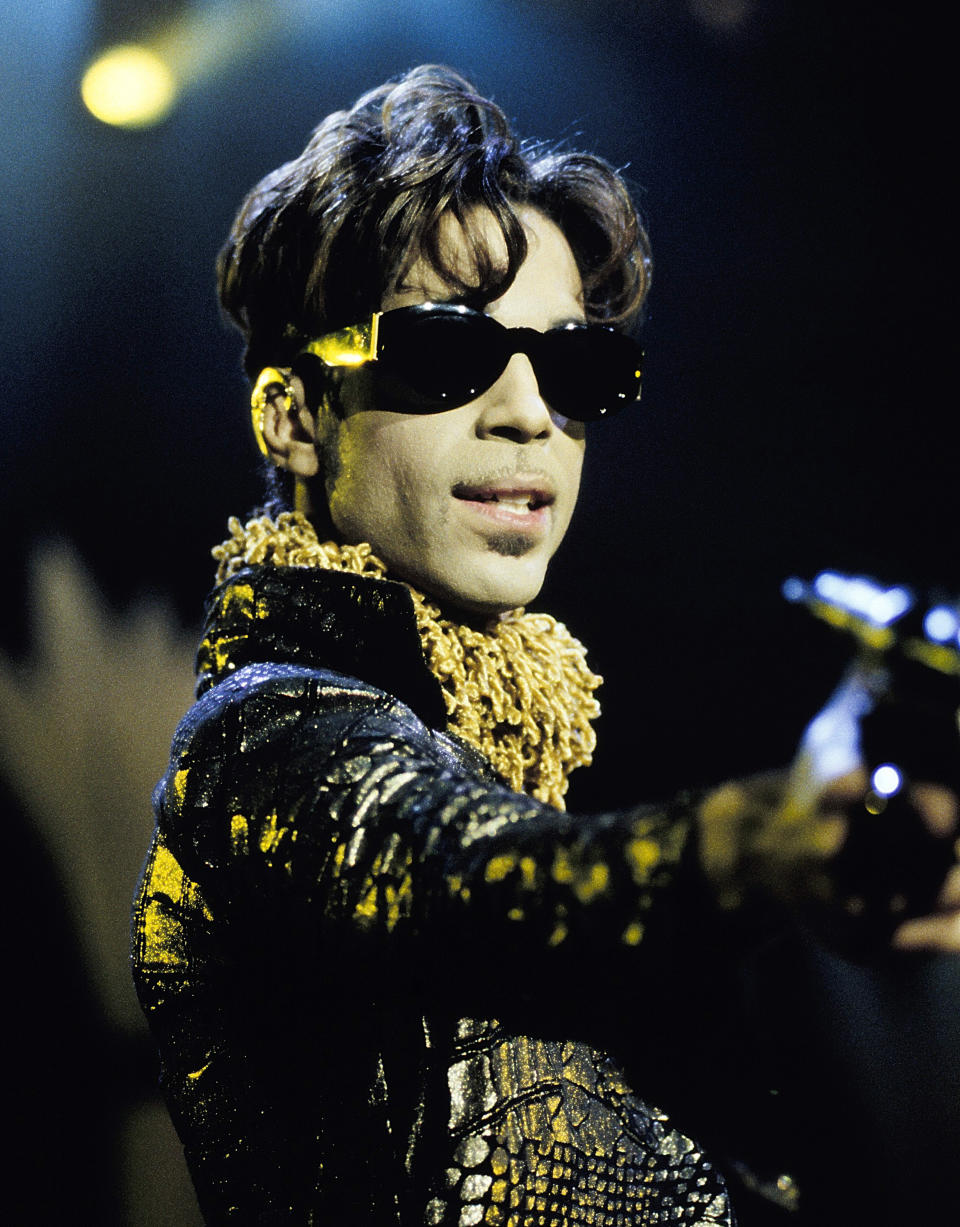
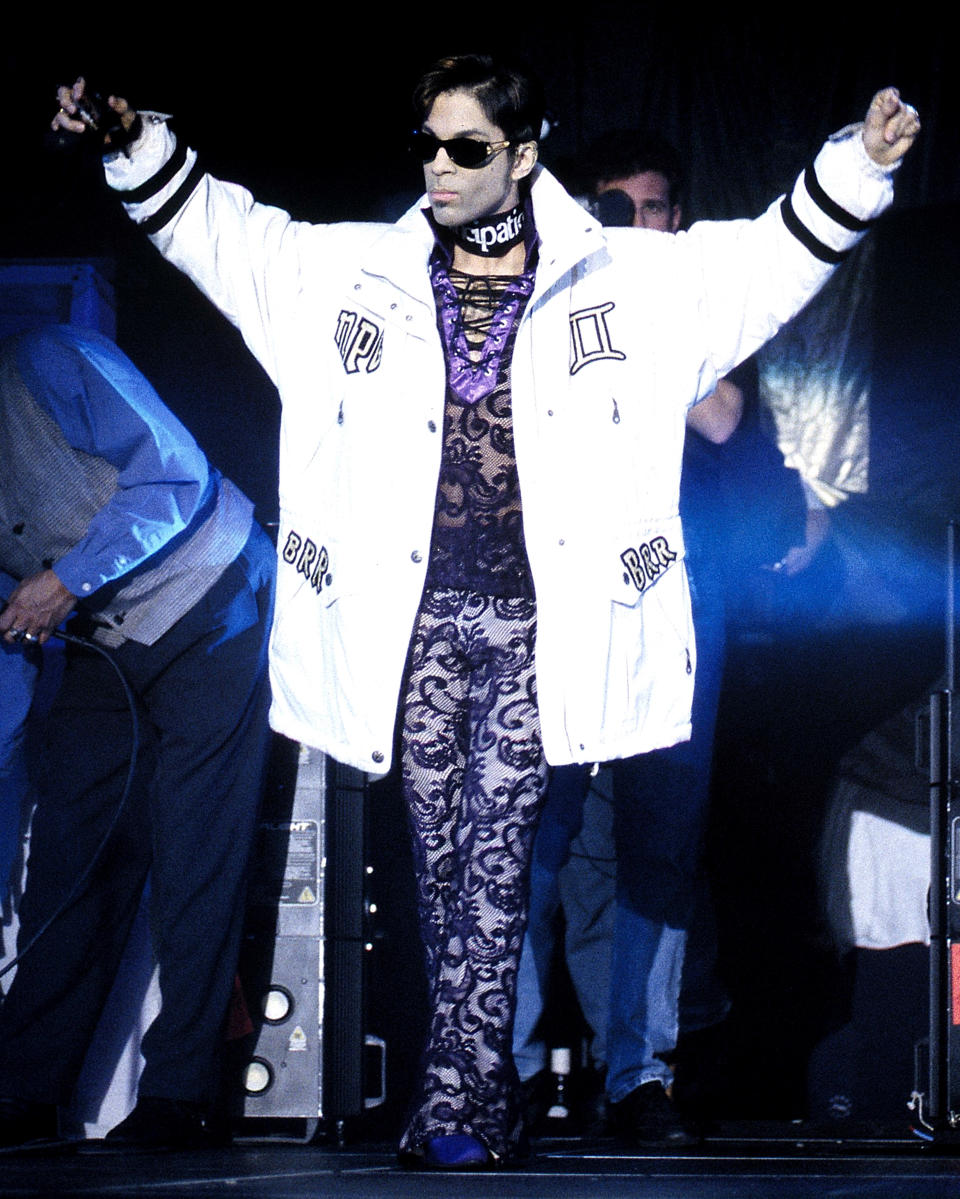
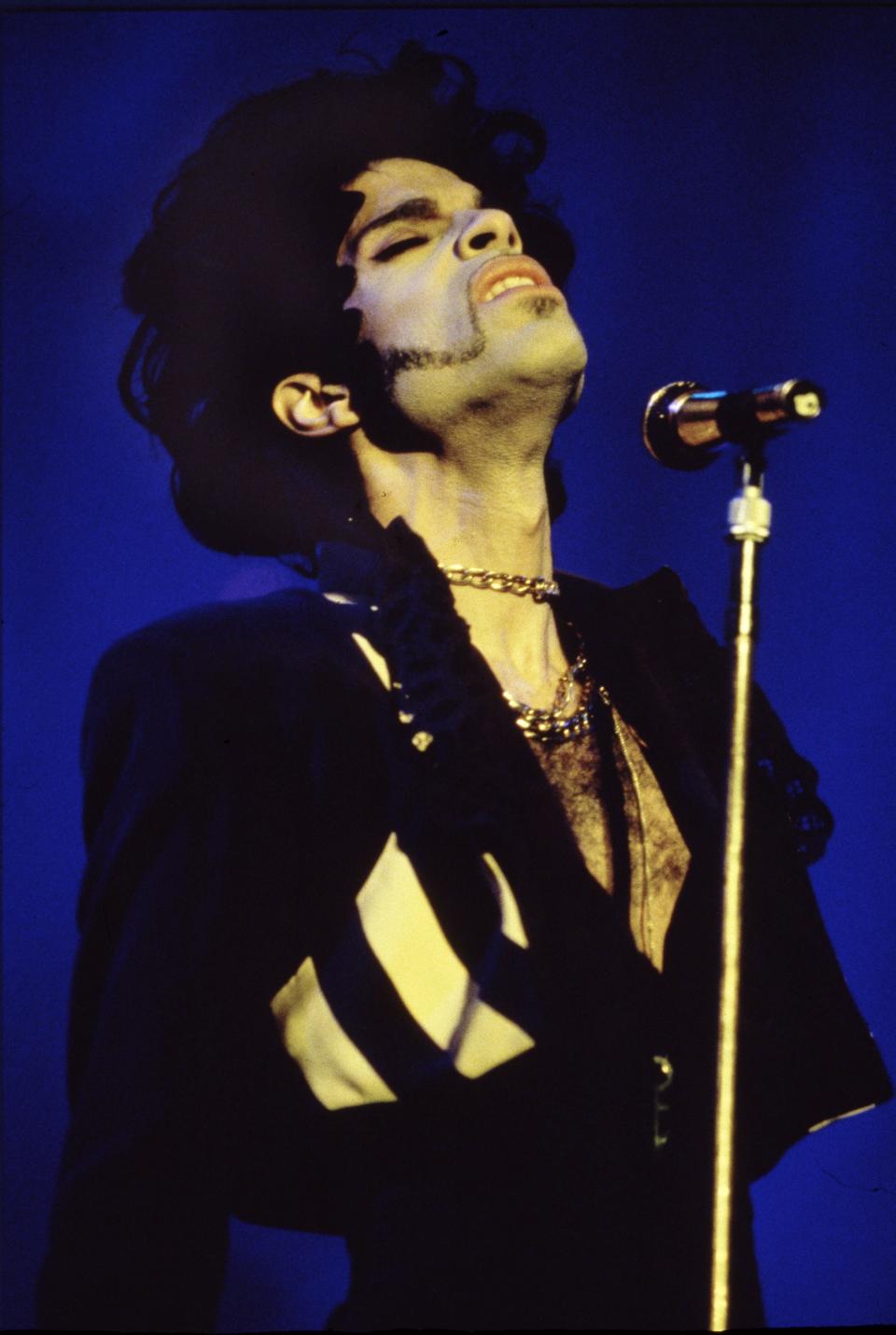
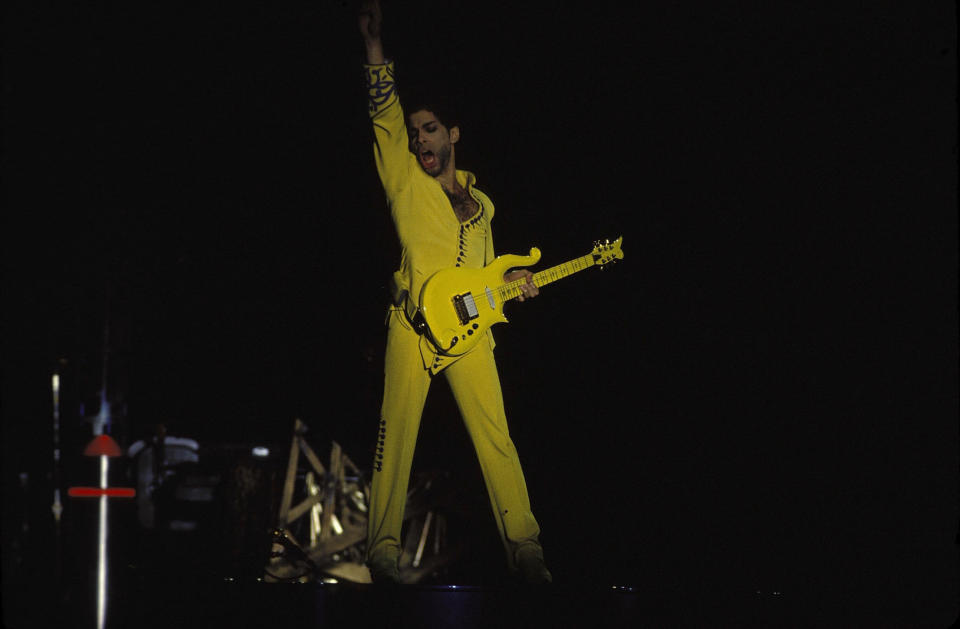
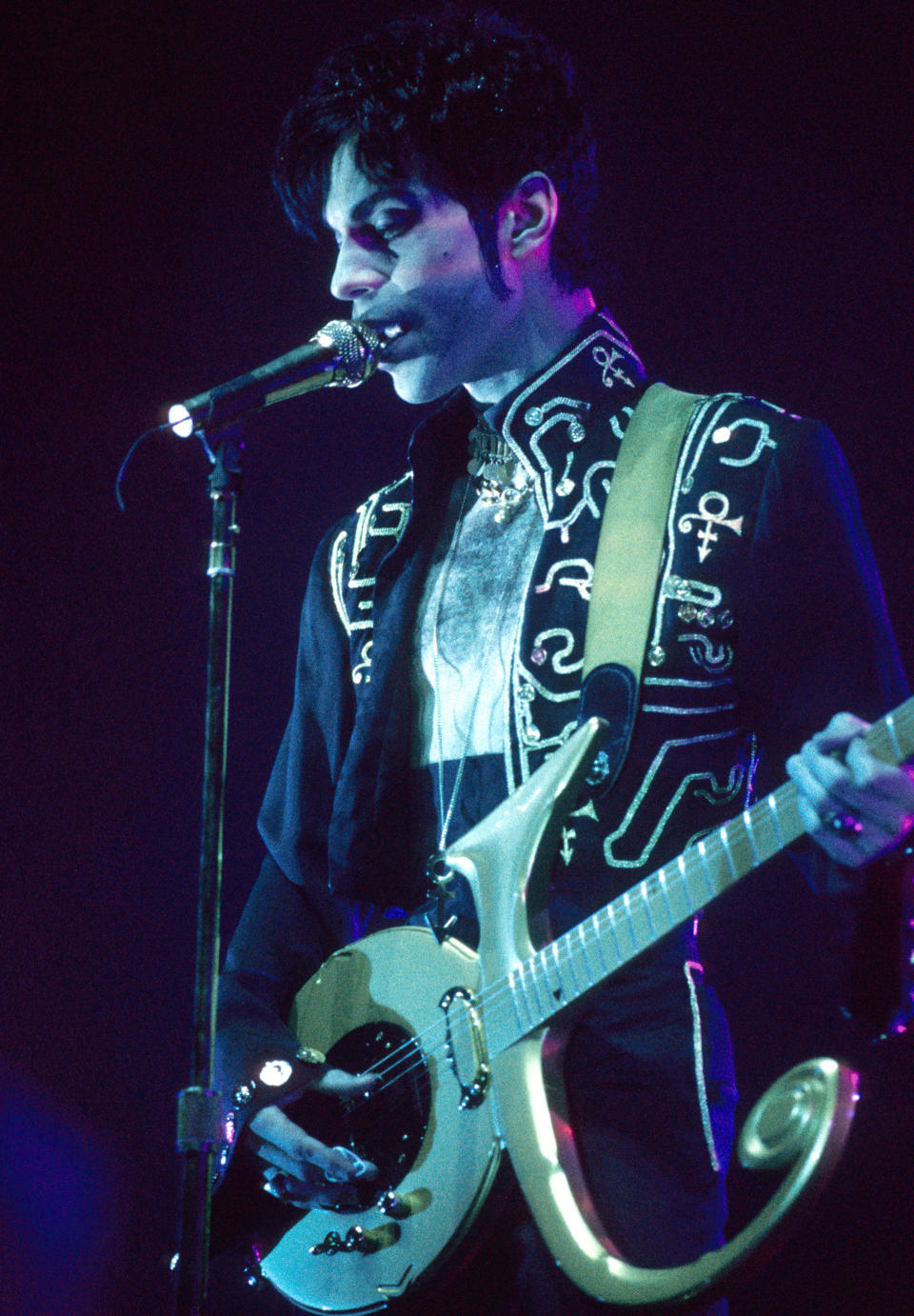
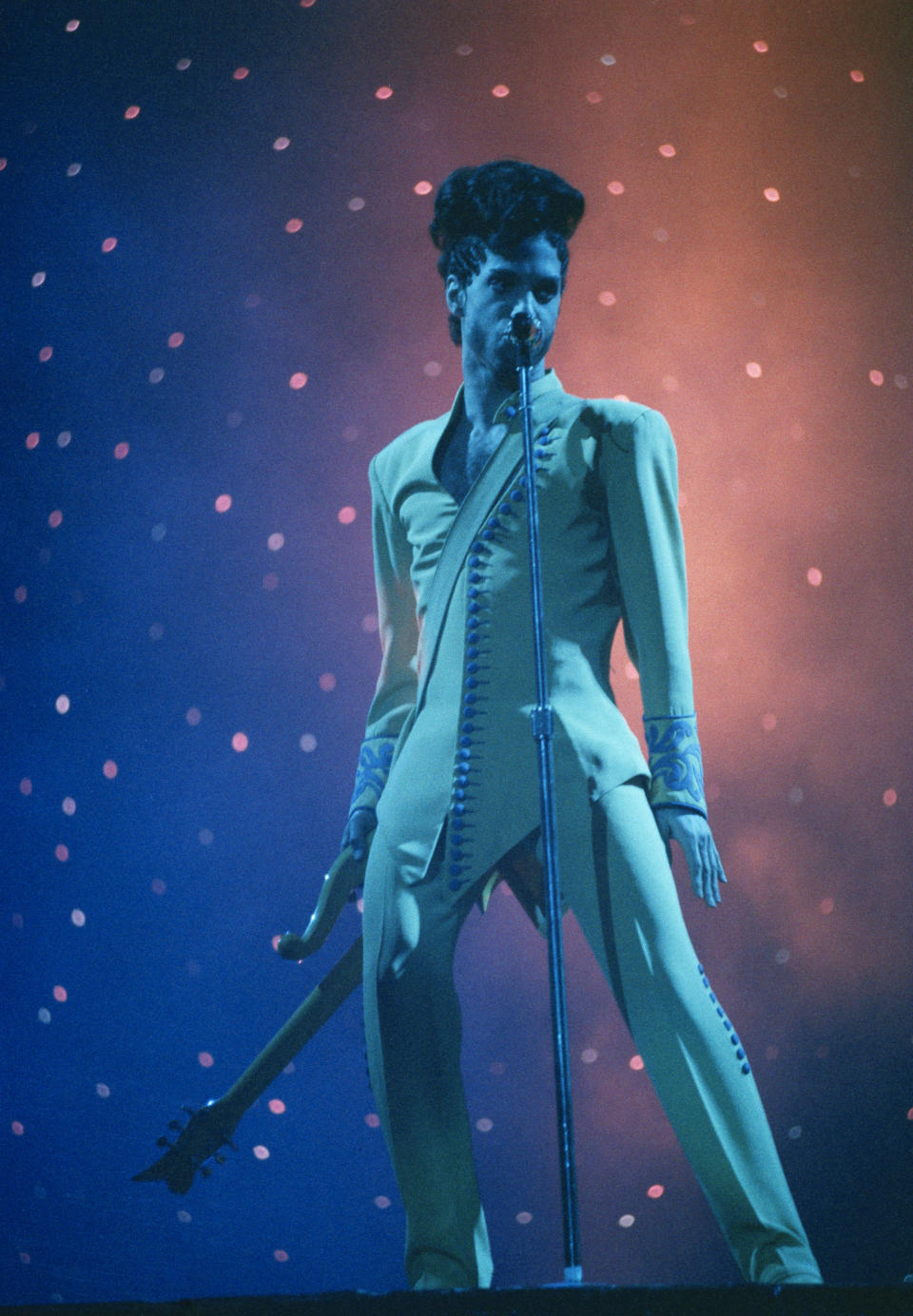
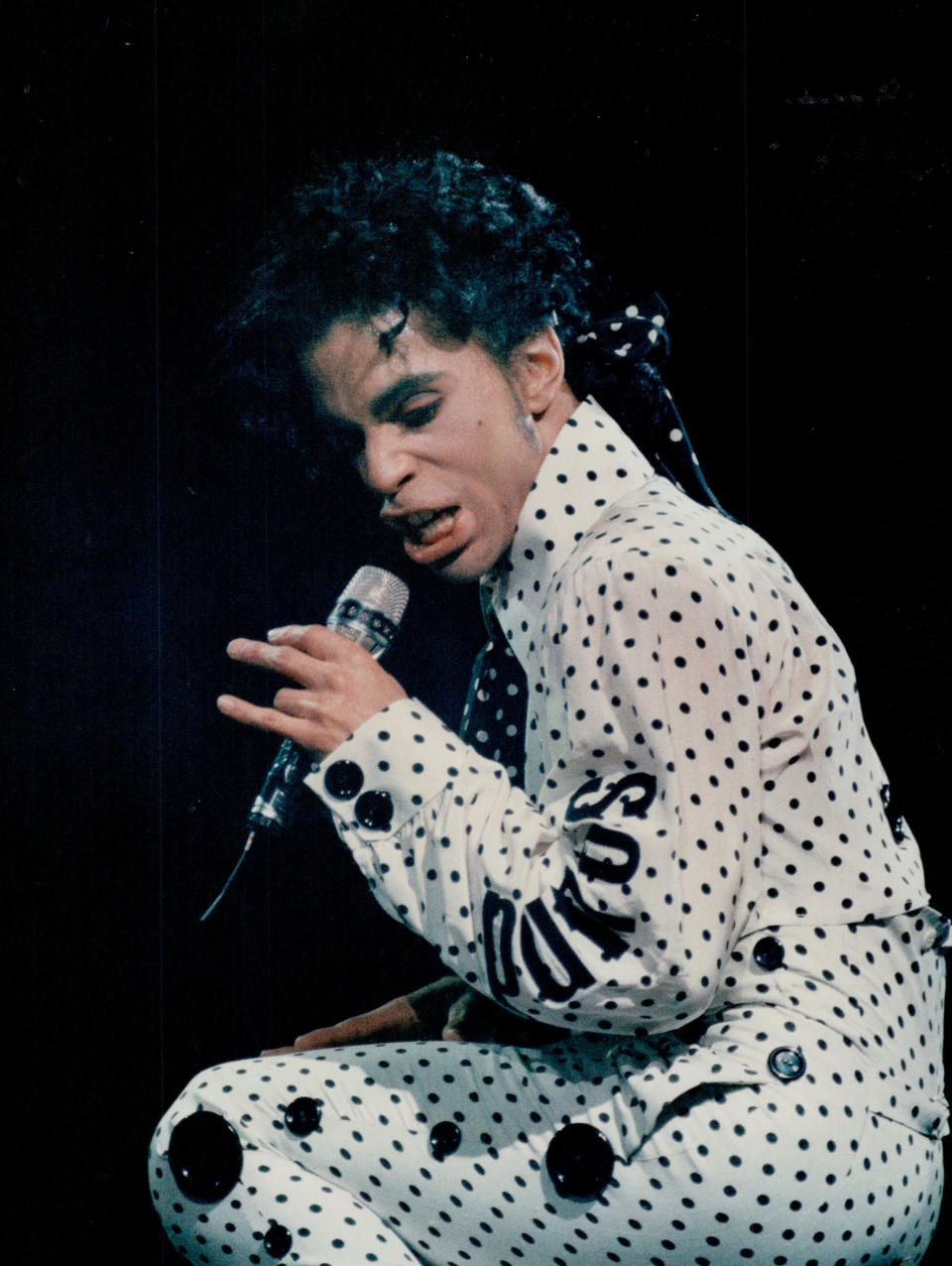
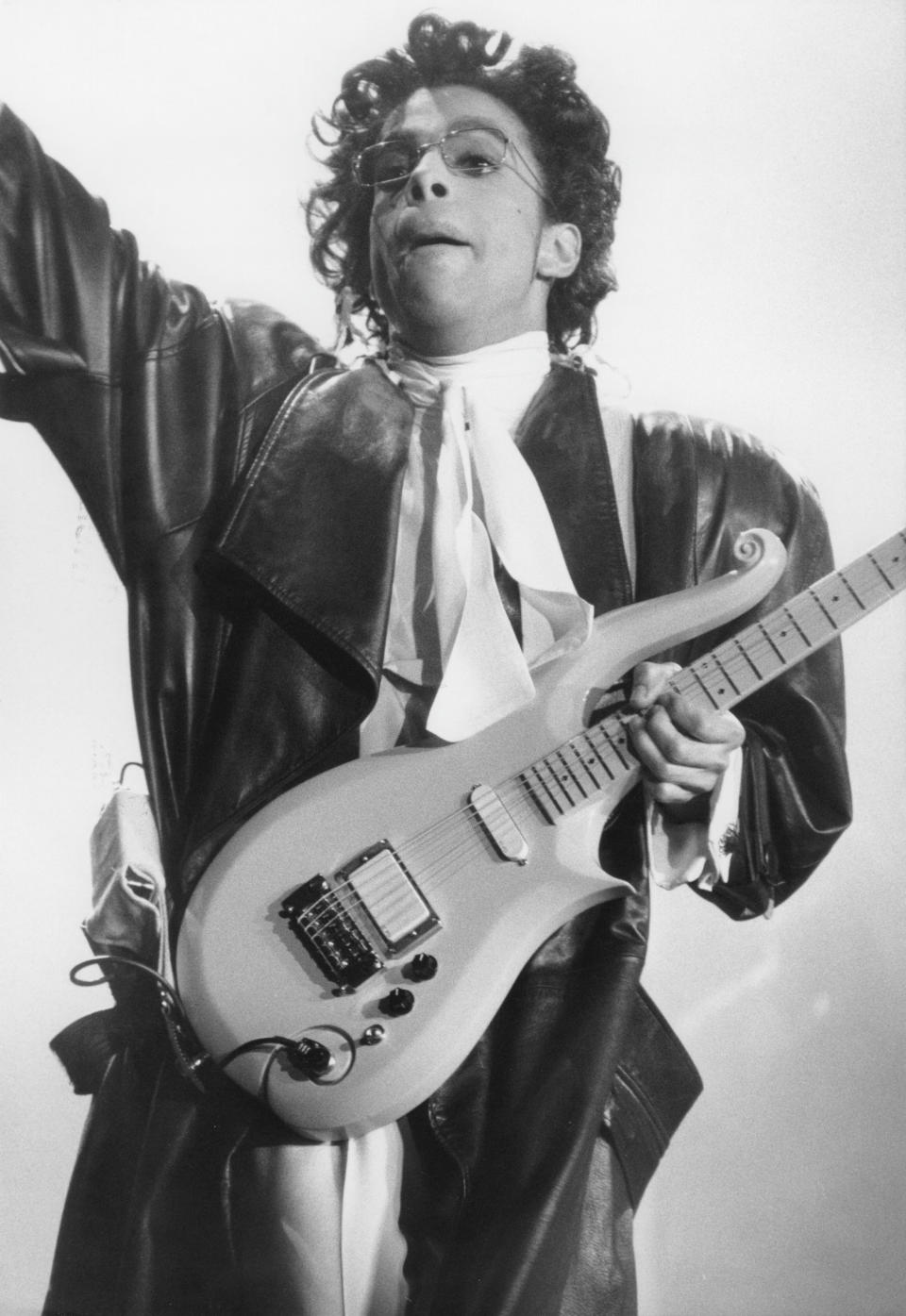
This article originally appeared on HuffPost.

